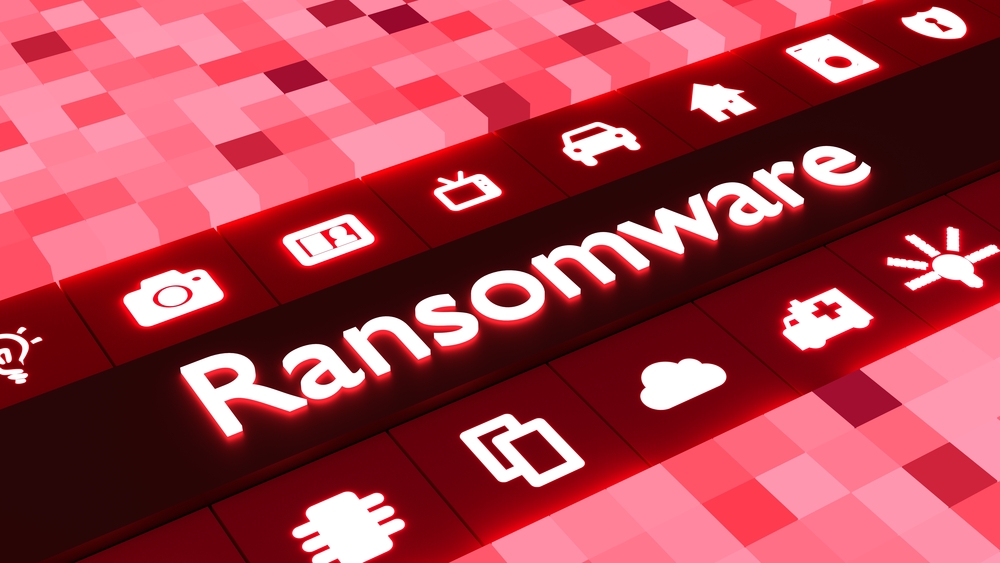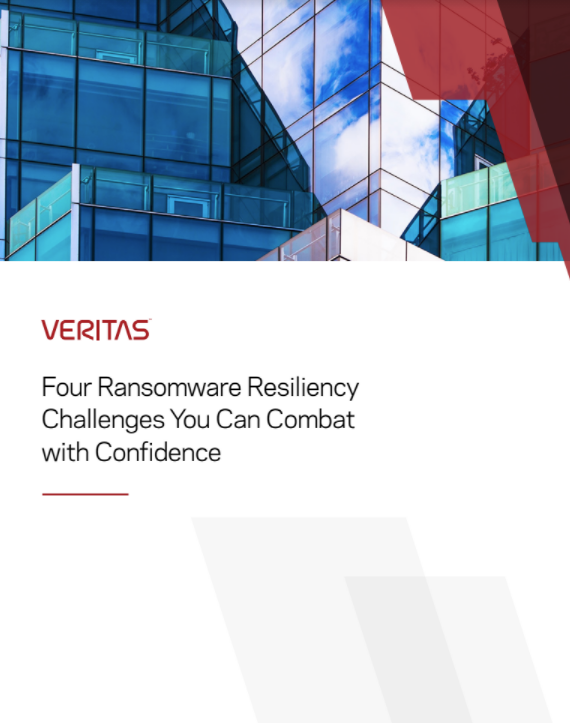Ransomware criminals look to other hackers to provide them with network access
New report finds ransomware gangs are buying access from hackers planting backdoors


According to a new report, cyber criminals distributing ransomware are increasingly turning to other hackers to buy access into corporate networks.
Researchers at Proofpoint said a “robust and lucrative criminal ecosystem” exists where criminals work together to carry out ransomware attacks. In this ecosystem, ransomware operators buy access from independent cyber criminal groups who infiltrate major targets for part of the ransom proceeds.
“Cyber criminal threat groups already distributing banking malware or other trojans may also become part of a ransomware affiliate network,” said researchers.
The researchers tracked ten threat actors acting as initial access facilitators or likely ransomware affiliates. They also found there is not a one-to-one relationship between malware loaders and ransomware attacks. Instead, multiple threat actors use the same malware payloads for ransomware distribution.
“Ransomware is rarely distributed directly via email,” the report said. “Just one ransomware strain accounts for 95 percent of ransomware as a first-stage email payload between 2020 and 2021.”
The hackers who offer access compromise organizations via first-stage malware like The Trick, Dridex, or Buer Loader. They will then sell their access to ransomware operators to deploy data theft and encryption operations.
Researchers said banking trojans – often used as ransomware loaders – represented 20% of malware seen in named campaigns in the first half of 2021, making it the most widespread malware type the company sees in the landscape.
Get the ITPro daily newsletter
Sign up today and you will receive a free copy of our Future Focus 2025 report - the leading guidance on AI, cybersecurity and other IT challenges as per 700+ senior executives
RELATED RESOURCE

Four ransomware resiliency challenges you can combat with confidence
The benefits of a multi-layered security solution
Researchers also saw evidence of ransomware deployed via SocGholish, which uses fake updates and website redirects to infect users, and via the Keitaro traffic distribution system (TDS) and follow-on exploit kits that operators use to evade detection.
In the course of investigations into this ecosystem, researchers tracked several hackers operating as initial access facilitators.
TA800 is a large cyber crime actor Proofpoint has tracked since mid-2019. This threat actor attempts to deliver and install banking malware or malware loaders including The Trick, BazaLoader, Buer Loader, and Ostap.
TA577 is a prolific cyber crime threat actor Proofpoint has tracked since mid-2020. This actor conducts broad targeting across various industries and geographies. Proofpoint has observed TA577 deliver payloads including Qbot, IcedID, SystemBC, SmokeLoader, Ursnif, and Cobalt Strike. Researchers said that TA577 is associated with the March 2021 Sodinokibi ransomware infection.
According to researchers, with the US government proposing new efforts to combat ransomware, “it is possible with new disruptive efforts focused on the threat and growing investments in cyber defense across supply chains, ransomware attacks will decrease in frequency and efficacy.”
Rene Millman is a freelance writer and broadcaster who covers cybersecurity, AI, IoT, and the cloud. He also works as a contributing analyst at GigaOm and has previously worked as an analyst for Gartner covering the infrastructure market. He has made numerous television appearances to give his views and expertise on technology trends and companies that affect and shape our lives. You can follow Rene Millman on Twitter.
-
 Bigger salaries, more burnout: Is the CISO role in crisis?
Bigger salaries, more burnout: Is the CISO role in crisis?In-depth CISOs are more stressed than ever before – but why is this and what can be done?
By Kate O'Flaherty Published
-
 Cheap cyber crime kits can be bought on the dark web for less than $25
Cheap cyber crime kits can be bought on the dark web for less than $25News Research from NordVPN shows phishing kits are now widely available on the dark web and via messaging apps like Telegram, and are often selling for less than $25.
By Emma Woollacott Published
-
 ‘Phishing kits are a force multiplier': Cheap cyber crime kits can be bought on the dark web for less than $25 – and experts warn it’s lowering the barrier of entry for amateur hackers
‘Phishing kits are a force multiplier': Cheap cyber crime kits can be bought on the dark web for less than $25 – and experts warn it’s lowering the barrier of entry for amateur hackersNews Research from NordVPN shows phishing kits are now widely available on the dark web and via messaging apps like Telegram, and are often selling for less than $25.
By Emma Woollacott Published
-
 Healthcare systems are rife with exploits — and ransomware gangs have noticed
Healthcare systems are rife with exploits — and ransomware gangs have noticedNews Nearly nine-in-ten healthcare organizations have medical devices that are vulnerable to exploits, and ransomware groups are taking notice.
By Nicole Kobie Published
-
 Alleged LockBit developer extradited to the US
Alleged LockBit developer extradited to the USNews A Russian-Israeli man has been extradited to the US amid accusations of being a key LockBit ransomware developer.
By Emma Woollacott Published
-
 February was the worst month on record for ransomware attacks – and one threat group had a field day
February was the worst month on record for ransomware attacks – and one threat group had a field dayNews February 2025 was the worst month on record for the number of ransomware attacks, according to new research from Bitdefender.
By Emma Woollacott Published
-
 CISA issues warning over Medusa ransomware after 300 victims from critical sectors impacted
CISA issues warning over Medusa ransomware after 300 victims from critical sectors impactedNews The Medusa ransomware as a Service operation compromised twice as many organizations at the start of 2025 compared to 2024
By Solomon Klappholz Published
-
 Warning issued over prolific 'Ghost' ransomware group
Warning issued over prolific 'Ghost' ransomware groupNews The Ghost ransomware group is known to act fast and exploit vulnerabilities in public-facing appliances
By Solomon Klappholz Published
-
 The Zservers takedown is another big win for law enforcement
The Zservers takedown is another big win for law enforcementNews LockBit has been dealt another blow by law enforcement after Dutch police took 127 of its servers offline
By Solomon Klappholz Published
-
 There’s a new ransomware player on the scene: the ‘BlackLock’ group has become one of the most prolific operators in the cyber crime industry – and researchers warn it’s only going to get worse for potential victims
There’s a new ransomware player on the scene: the ‘BlackLock’ group has become one of the most prolific operators in the cyber crime industry – and researchers warn it’s only going to get worse for potential victimsNews Security experts have warned the BlackLock group could become the most active ransomware operator in 2025
By Solomon Klappholz Published